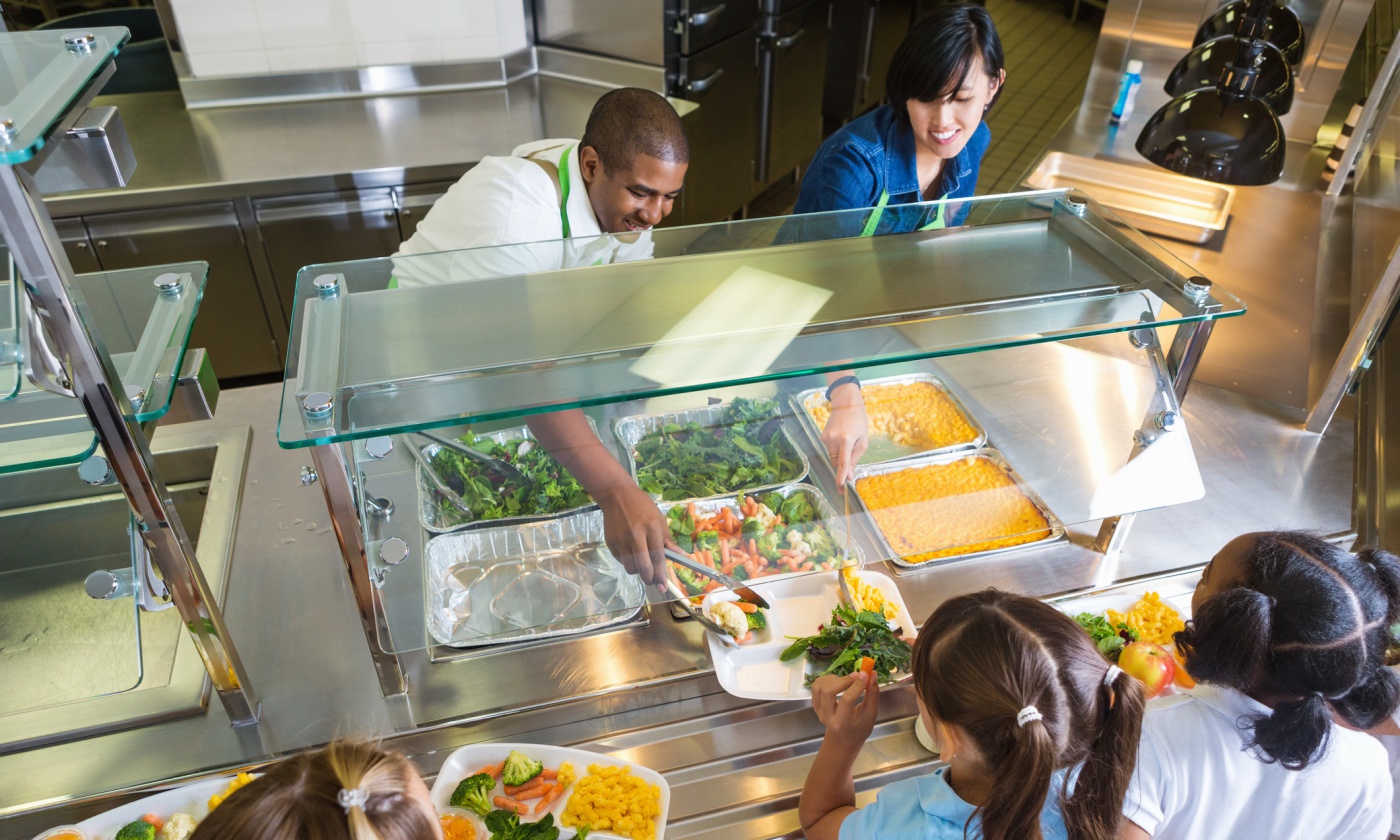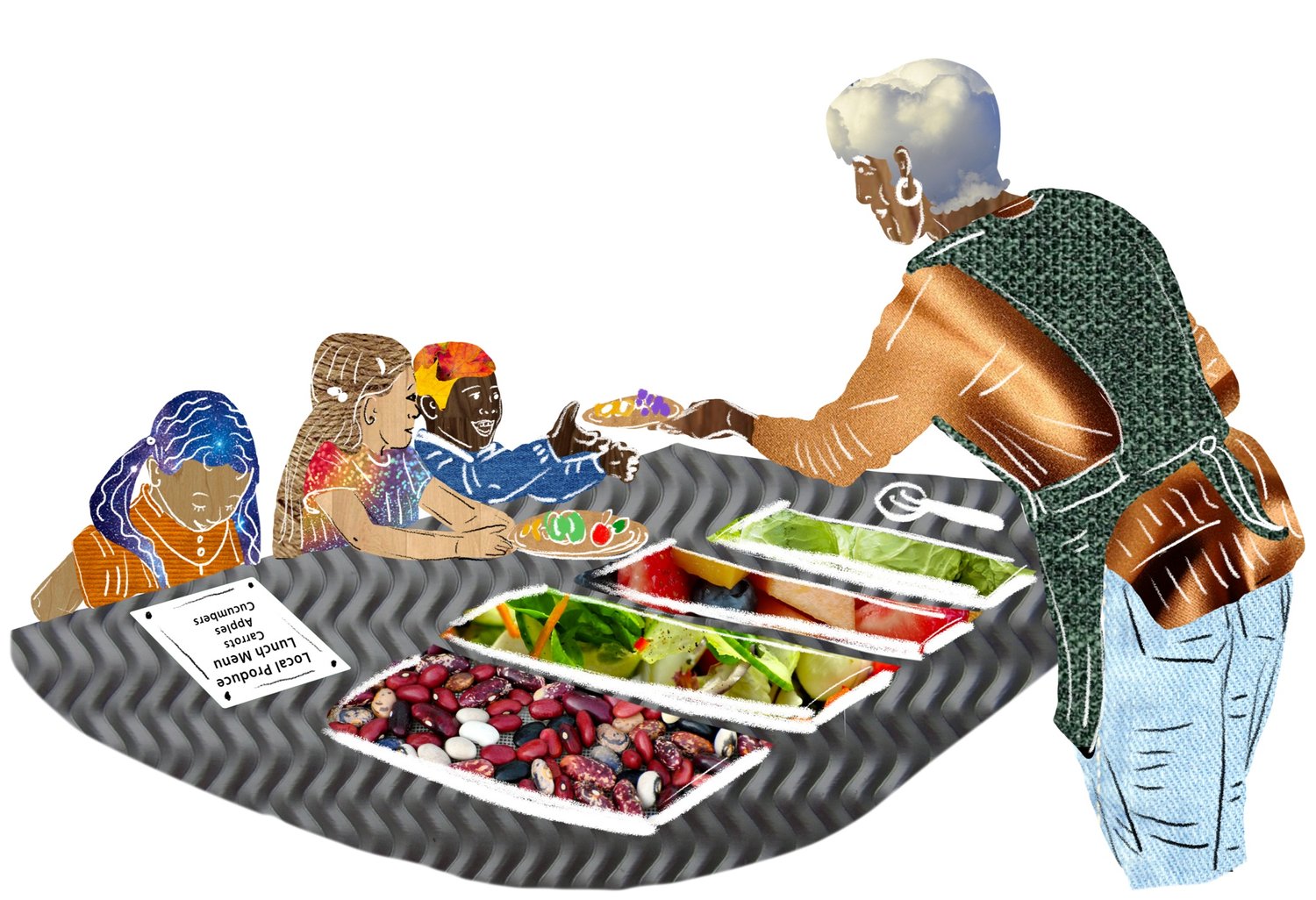Photo: Photo by Steve Debenport/Getty Images
Dismantling a capitalist food system could begin with schools, which nationwide spend about $3 billion on food contracts.
Once a year, Russell Farms in Brackney, Pennsylvania, hosts a harvest celebration, where students from nearby Tioga Central School District in New York state get to visit, talk to farmers and pick apples from the farm’s 12 varieties.
“It’s a great day because the kids can make the connection and see where their food is grown,” says Julie Raway, a registered dietitian for 15 New York school districts. And they are excited when the same fruit they sampled shows up in their cafeteria at school.
Russell Farms sells apples to local school districts as part of a Farm to School initiative—a growing national movement that aims to create equity and redistribute wealth in the food system by reinvesting part of it in small, regional farms.
Anupama Joshi, co-founder of the North Carolina-based Farm to School Network, believes that if we are going to fix the food system in this country, we need to start with our schools.
As executive director of the network, Joshi has been rethinking the way we bring food into school lunchrooms and about how we feed students. Her collaboration with a broad cohort of organizations nationwide, including the districts that Raway works with in New York, serve not only to connect school children with local farms while creating jobs in the community, but also to keep local dollars local through things like on-campus gardens and farm-fresh meals.
“Part of fixing the broken system is changing the culture of food in our communities,” Joshi says. READ MORE





